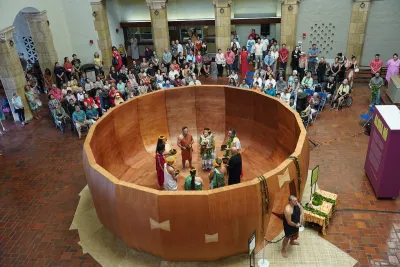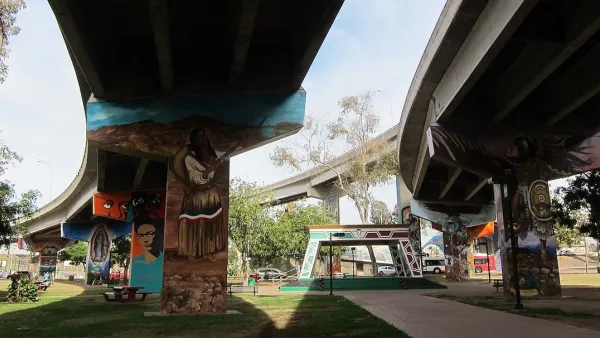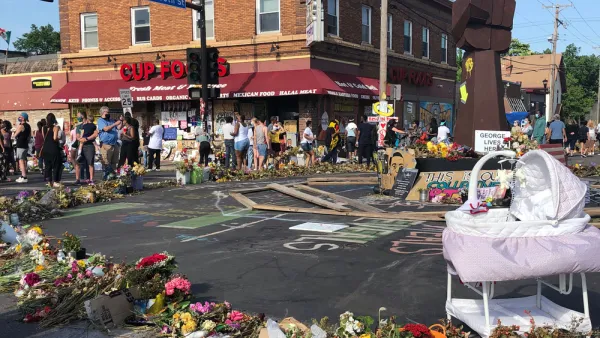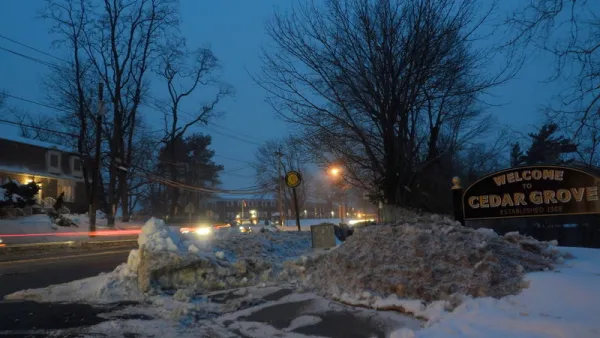The towering ʻUmeke Lāʻau installation by Native Hawaiian artist Meleanna Aluli Meyer, unveiled at Honolulu's city hall, is a powerful symbol of cultural resilience and healing.

A historic new art installation, ʻUmeke Lāʻau (Culture Medicine) by Native Hawaiian artist Meleanna Aluli Meyer, has been unveiled at Honolulu Hale (city hall) as part of Hawaiʻi Triennial 2025: Aloha Nō (HT25). Unlike traditional ʻumeke (calabashes) that are small vessels for food, water, and sacred offerings, this towering 22-foot-wide, 8-foot-tall wooden structure reimagines the form as a symbol of healing, reflection, and societal repair. Created in collaboration with Honolulu Community College carpentry students and the University of Hawaiʻi at Mānoa’s art and theatre programs, the immersive installation invites visitors to step inside, remove their shoes, and reflect on themes of culture, history, and transformation.
More than just an art piece, ʻUmeke Lāʻau serves as a tribute to the Native Hawaiians and Hawaiʻi citizens who opposed the U.S. annexation of Hawaiʻi in 1897. Built-in speakers within the structure play the names of over 38,000 individuals who signed the Kūʻē Petitions, including Meleanna’s grandfather, Noa Webster Aluli. The recordings, voiced by UH Mānoa Hawaiian Theatre faculty and students, ensure that these historical figures are remembered and honored. According to Tammy Hailiʻōpua Baker, founder of the Hawaiian theatre program, the experience of reading ancestral names into the microphone was deeply moving and reinforced the personal and collective significance of the installation.
The project was made possible through the efforts of many hands, including UH Mānoa artist-in-residence Meleanna Aluli Meyer, Honolulu CC carpentry students, and local artists such as newly appointed UH Mānoa assistant professor Kaʻili Chun. Described as an artwork that “feeds” not just physically but spiritually and culturally, ʻUmeke Lāʻau offers a rare immersive experience where visitors can engage with its meaning firsthand. The installation will be on display at Honolulu Hale through May 4 before traveling to other locations, ensuring its message of resilience and healing reaches broader audiences.
FULL STORY: Historic Native Hawaiian art unveiled at Honolulu Hale

National Parks Layoffs Will Cause Communities to Lose Billions
Thousands of essential park workers were laid off this week, just before the busy spring break season.

Retro-silient?: America’s First “Eco-burb,” The Woodlands Turns 50
A master-planned community north of Houston offers lessons on green infrastructure and resilient design, but falls short of its founder’s lofty affordability and walkability goals.

Delivering for America Plan Will Downgrade Mail Service in at Least 49.5 Percent of Zip Codes
Republican and Democrat lawmakers criticize the plan for its disproportionate negative impact on rural communities.

Test News Post 1
This is a summary

Test News Headline 46
Test for the image on the front page.

Balancing Bombs and Butterflies: How the National Guard Protects a Rare Species
The National Guard at Fort Indiantown Gap uses GIS technology and land management strategies to balance military training with conservation efforts, ensuring the survival of the rare eastern regal fritillary butterfly.
Urban Design for Planners 1: Software Tools
This six-course series explores essential urban design concepts using open source software and equips planners with the tools they need to participate fully in the urban design process.
Planning for Universal Design
Learn the tools for implementing Universal Design in planning regulations.
EMC Planning Group, Inc.
Planetizen
Planetizen
Mpact (formerly Rail~Volution)
Great Falls Development Authority, Inc.
HUDs Office of Policy Development and Research
NYU Wagner Graduate School of Public Service





























